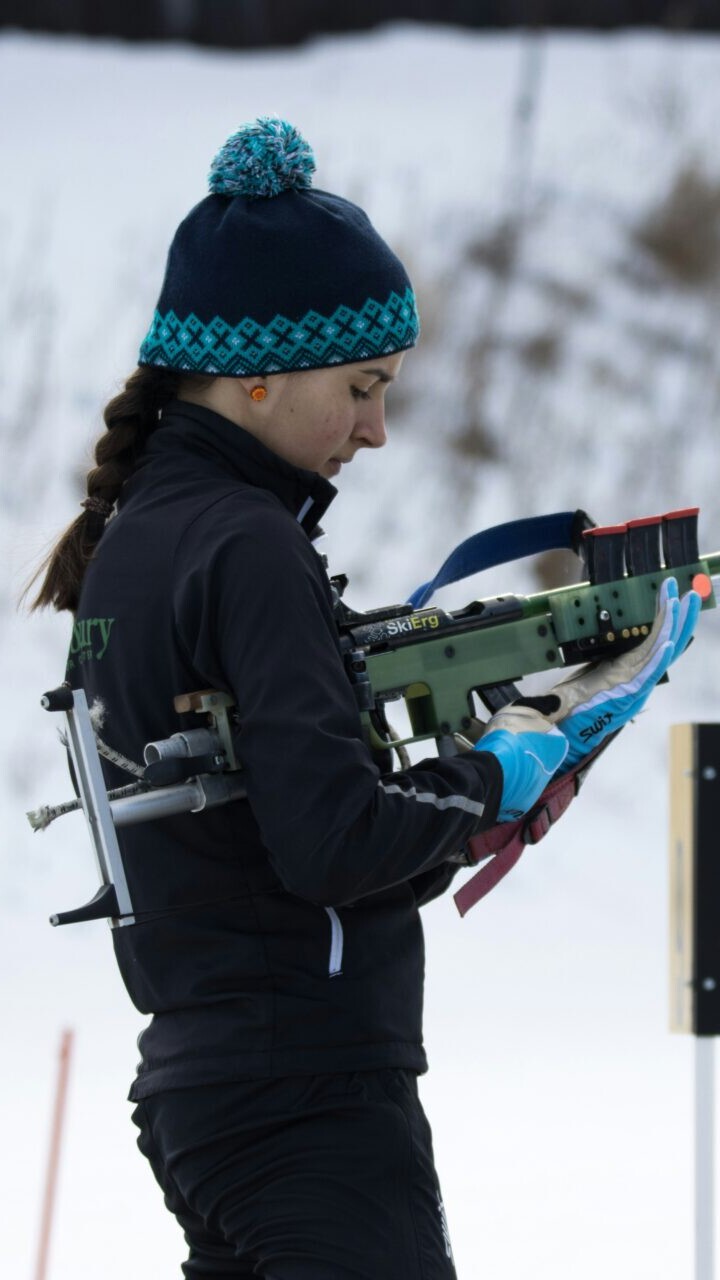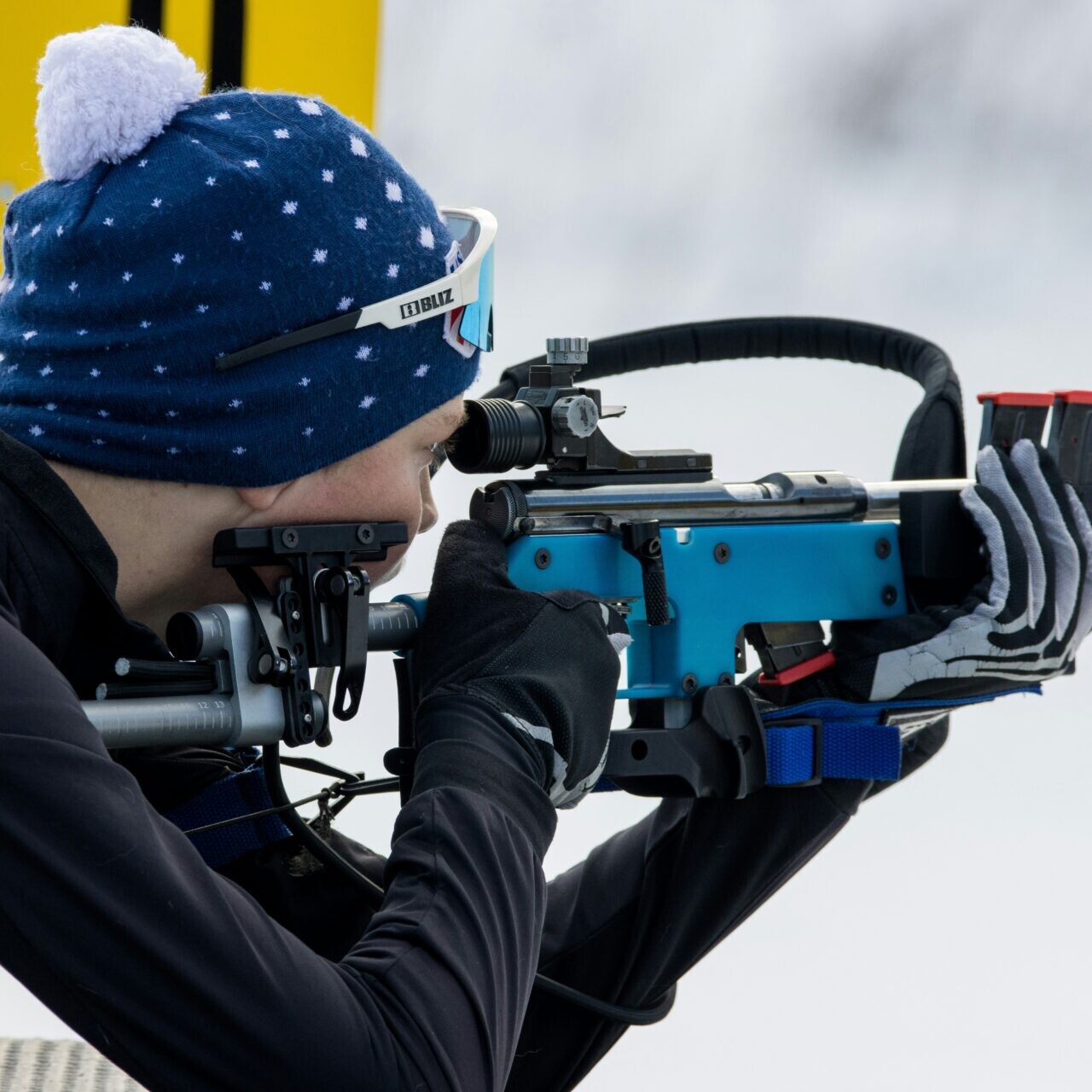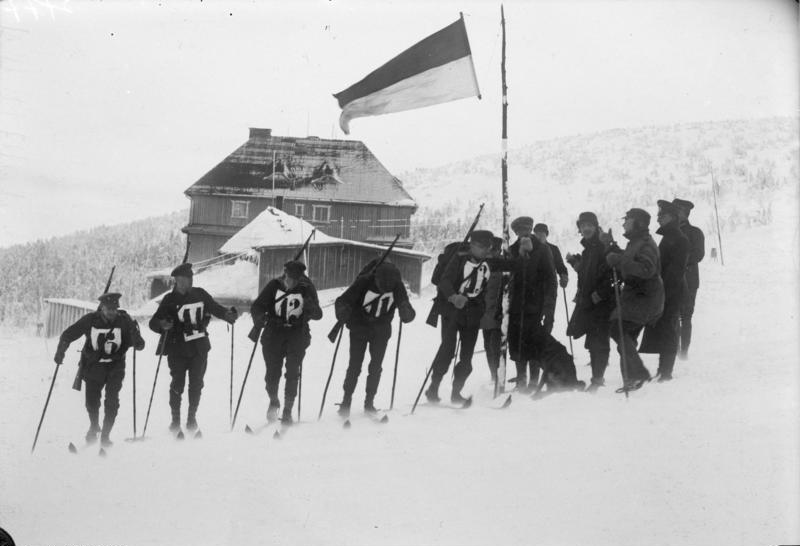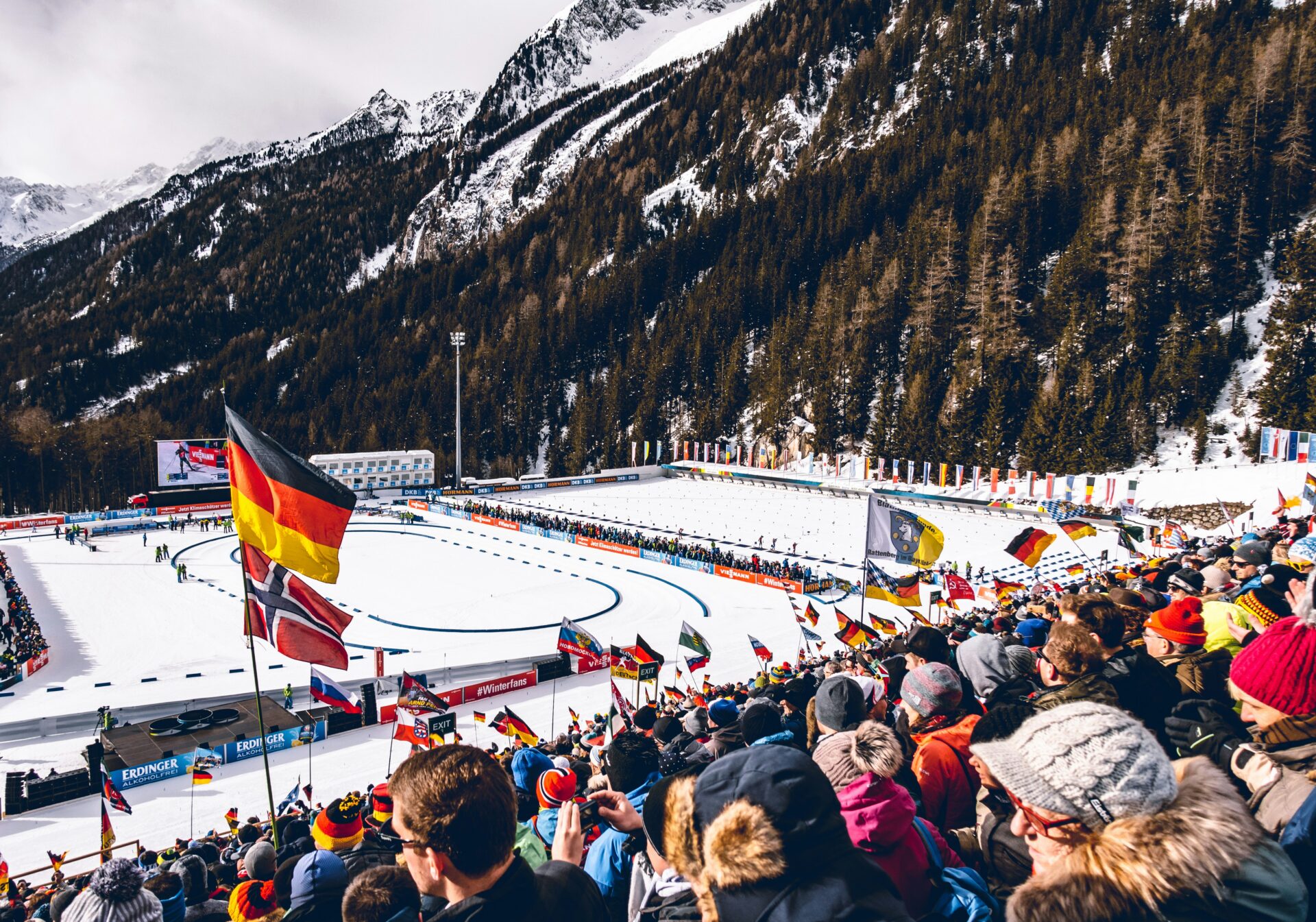The history of biathlon: from survival to competition
Biathlon is a unique sport that combines cross-country skiing and rifle shooting. Today, this exciting discipline attracts spectators from all over the world. But few people know that this sport has its origins in the practical needs of the Nordic peoples and ancestral military traditions. Born of a combination of physical endurance and precision, biathlon has moved from the battlefields to the Olympic stadiums.
Let’s discover its history, a blend of survival, tactics and spectacle.

First of all, what is Biathlon?
Biathlon is a winter sport that combines two disciplines: cross-country skiing and rifle shooting. Competitions take place over distances ranging from 7.5 to 20 kilometers, punctuated by shooting sessions at targets 50 meters away. Athletes must shoot in two different positions: prone and standing. Each missed shot carries a penalty: competitors must either complete an extra 150-meter loop, or have time added to their time, depending on the race format. This unique blend of physical endurance and precision makes biathlon a spectacular sport, renowned for its intensity and the suspense it generates.
Etymology of Biathlon
The word “biathlon” has its roots in ancient Greek: “bi”, meaning “two”, and “athlon”, designating a competition or event. The term perfectly reflects the dual nature of this discipline, which combines cross-country skiing and rifle shooting. Although competitions combining skiing and shooting have existed for centuries, it was only in the XXᵉ century that the word “biathlon” was adopted to designate the sport.


The Origins of Biathlon: Between Hunting and Survival
The first forms of biathlon date back several millennia, to the snowy regions of Northern Europe. Inhabitants used skis to move swiftly over the snow. They also used them for hunting. They were armed with bows or spears as hunting tools. This combination of endurance and precision was crucial to their survival, especially in winter.
Over time, this practice became more than just a vital necessity: it became ingrained in the culture of the Nordic peoples. Inhabitants organized gatherings where they combined skiing with bow or spear hunting. These events allowed them to show off their skills while sharing convivial moments. They gradually gave rise to the modern biathlon.
A Remarkable Military Heritage
Biathlon also has its roots in military traditions. As early as the 18ᵉ century, Scandinavian soldiers, notably in Norway and Sweden, incorporated skiing and shooting into their training to patrol borders, transmit messages or lead offensives in snowy terrain.
For decades, competitions between regiments honed these skills, gradually transforming this military tactic into a sporting discipline. These military events, known as “military patrols”, were even presented as a demonstration sport at the 1924 Winter Olympics in Chamonix.
Biathlon’s evolution into a modern sport
Biathlon began to move away from its military origins in the middle of the XXᵉ century, with the emergence of civilian competitions in Scandinavia and Eastern Europe. The first official rules were established in the 1950s. This marked the beginning of a modern, organized sport. This structured framework enabled biathlon to attract an international audience.
In 1960, biathlon made its official debut at the Squaw Valley Winter Olympics, with a men’s 20 km event. This first step onto the Olympic stage raised the profile of the sport. The introduction of spectacular events has transformed biathlon. Formats such as the sprint, pursuit and relay have energized the discipline. These innovations have made it even more captivating for spectators.
Women’s biathlon, long on the sidelines, emerged in the 1980s. In 1992, at the Albertville Olympic Games, women took part in Olympic events for the first time, marking a decisive turning point in the evolution and equality of the sport.

In brief
Born of hunting and military tactics, biathlon has become an emblematic Olympic sport. It combines physical endurance and shooting accuracy, offering a fascinating balance between tradition and modernity. This unique blend continues to captivate millions of spectators around the world. It blends history, performance and emotion on the snowy slopes.
And if you want to discover more sports stories, don’t hesitate to have a look at the other articles available on the website.
You can also follow us on our social networks!
And to book your next BougeBouge race, go HERE.

